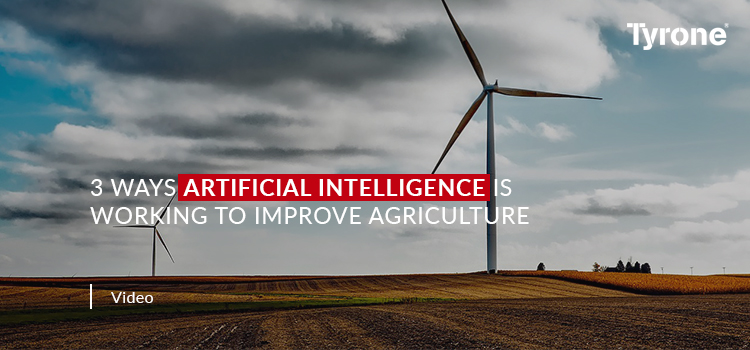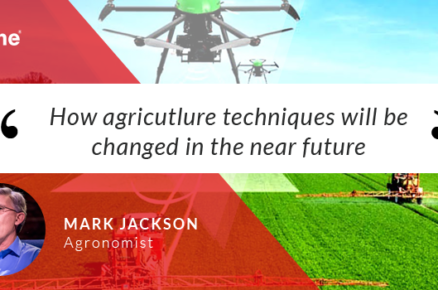Artificial intelligence is changing many things in our lives, including the way our food is produced. Technologies like machine learning, image recognition, and predictive modeling are being applied in the agriculture industry as ways to boost productivity and efficiency. These approaches could be important steps in the effort to produce more food for a growing global population by helping farmers reduce chemical inputs, detect diseases sooner, buffer against labor shortages, and respond to weather conditions as the climate changes.
Here are 3 Ways Artificial Intelligence is Working to Improve Agriculture:
REDUCING HERBICIDE USE
With the usage of computer vision, robotics, and machine learning farmers can precisely manage weeds. Instead of spraying an entire field, the system can find and spray only where the weeds are. The system is not only efficient in the sense that it is faster than humans, but it also reduces up to 90% of the volume of chemicals normally sprayed and helps reduce herbicide resistance,
DETECTING DISEASE
Machine learning provides clients with a sense of their soil’s strengths and weaknesses, The emphasis is on preventing defective crops and optimizing the potential for healthy crop production, the growth in AI technology has strengthened agro-based businesses to run more efficiently.
Artificial intelligence helps farmers get more from the land while using resources more sustainably, the farmer can save corn from grasshoppers by using AI to detect a swarm in an unexpected parcel of his field,
PREDICTING WEATHER
Using satellite imagery to gather over 7 billion data points around the world daily. Then using machine learning to forecast weather, analyze crops, and help farmers increase yields and profits. Although there are some AI platforms that monitors growing regions throughout the world, it then delivers localized information and recommendations to the farmers who use its services. It also forecasts the output of crops around the world, which helps farmers foresee price volatility and respond accordingly.












